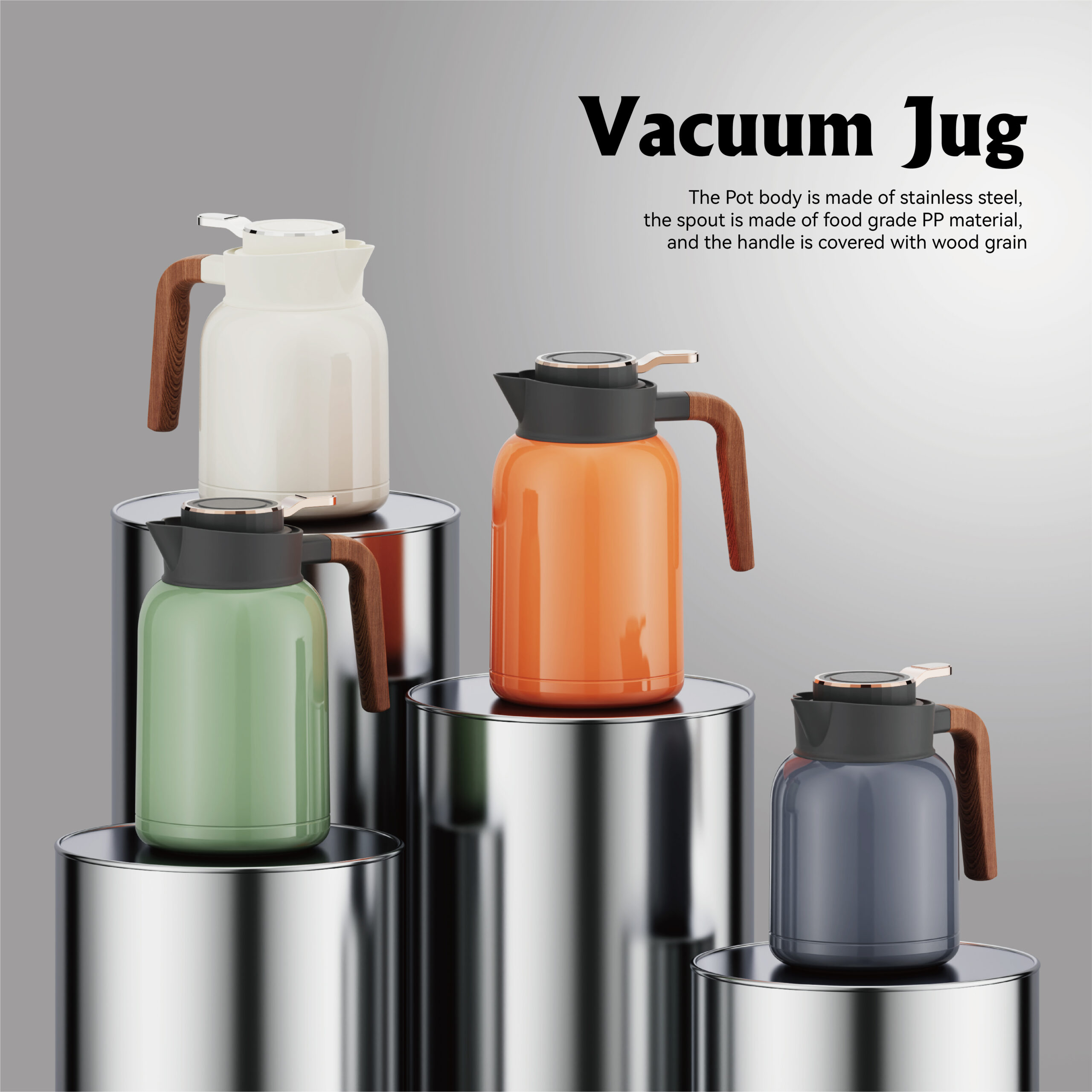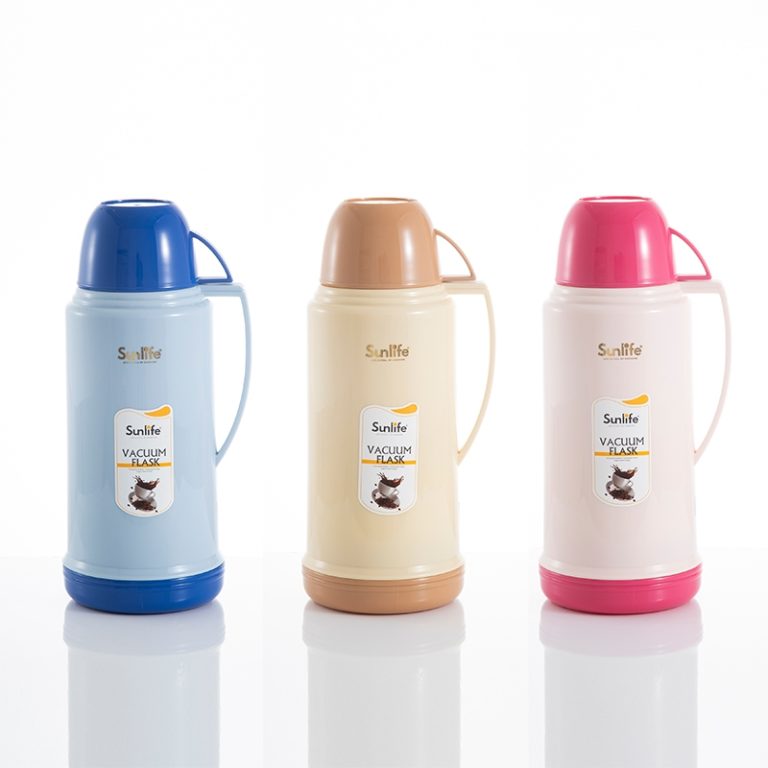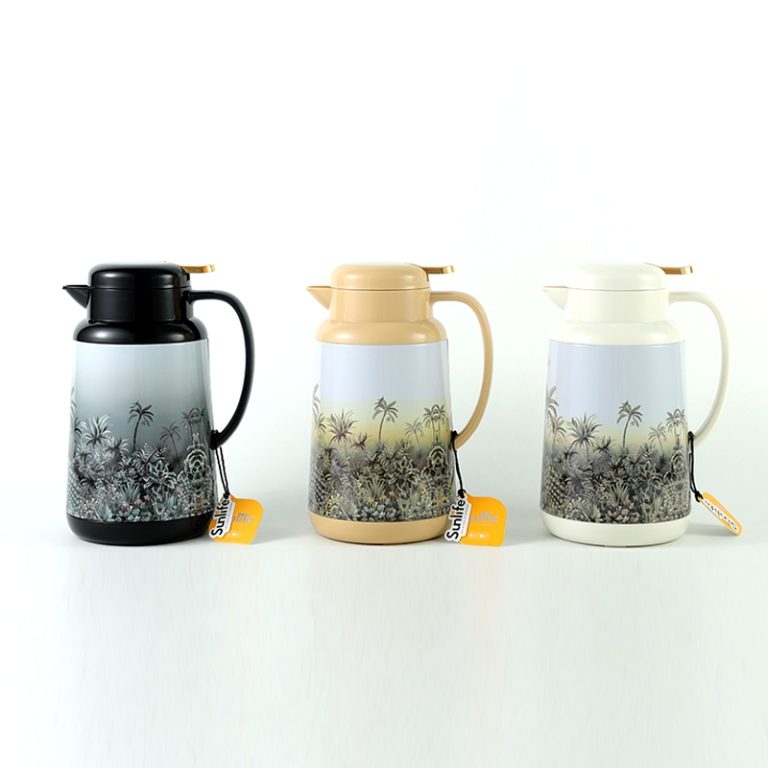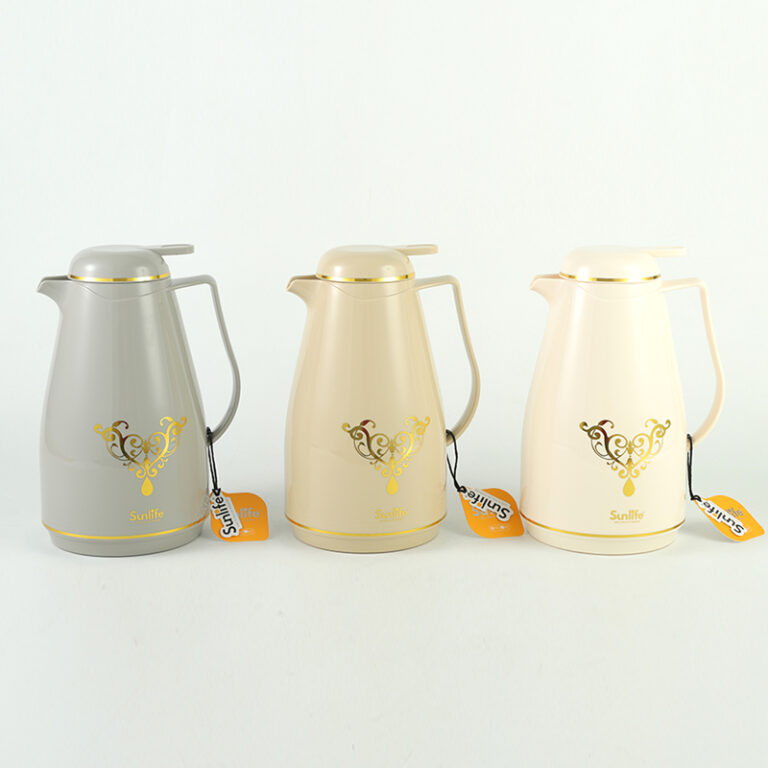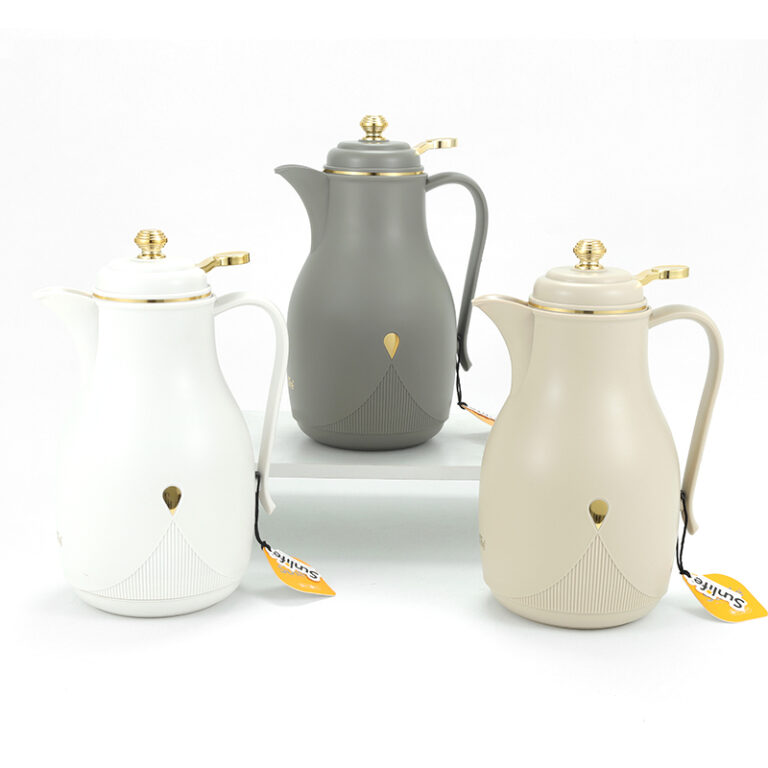Unveiling the Rich History of the Arabian Coffee Pot
The Origins of the Arabian Coffee Pot
When we think of the Arabian coffee pot, or “Dallah,” we are not just thinking about a simple piece of kitchenware. This beautifully crafted pot is a symbol of a rich and profound heritage that dates back centuries. The origins of the Arabian coffee pot can be traced back to the 7th century in the Arabian Peninsula, where coffee culture began to flourish. Coffee, known as “qahwa” in Arabic, was believed to have originated in Ethiopia and was introduced to the Arabian Peninsula, where it quickly found a place in daily life and traditions.
The traditional Arabic coffee pot was created with a design specifically made to help brew and present the drink of coffee lovers everywhere. The Dallah is unique in that it has a spout and elongated handle, allowing the person using it to gracefully pour the coffee. This piece is not only functional but also meaningful in culture and has a place in the spirit of ancient traditions. The Dallah was used in everything from communal gatherings to Sufi ceremonies from that period.
Evolution Over the Centuries
The history of the development of the Arabian coffee pot is traced as a demonstration of the development of art in the Arab World. The Arabian coffee pot was initially a product of clay and changed as new method in metalwork were discovered. In the era of the Abbasid Caliphate, 750 1258 AD, when coffee was becoming popular, so was the use of iron in metalwork and thus beautifully decorated coffee pots began to be made.
**After Turkey’s unification by the ** Ottman ** Empires, ** and its rule, it is analogous with the importance of [having an **“Arabian coffee pot?”**] **history**. The designs and the embellishments of these pots grew more beautiful and narrated tales of where and how they originated. **There were distinctive styles that were reminiscent of the Arab world tapestry. The coffee pots in the Arab world represented more than function. They were a status symbol of affluence and above-the-norm standards**.
Cultural Significance in the Arab World
In the culture, the Dalla is a symbol far beyond just an instrument used to make coffee—it is the heritage of the Arab people with a protracted meaning. Coffee made in a Dallah is used to honor the guests and establish an association with the host, resulting in certain rituals that are reflective of the ideas and beliefs of the serving party. Thus, all relationships are based on serving coffee in a Dallah, which starts the meeting with espresso and is associated with discussions and friendly connections.
In Arab culture, the traditional Arabian coffee pot plays a major role, be it at weddings and Eid festivals or just casual family gatherings. Usually, the host will serve the coffee to his or her guests, starting with the oldest member as an act of respect. This simple act is way beyond serving a drink – it is a symbol of thankfulness and relationship-building and, at the same time, epitomizes unity, charity, and the well-known warmth so typical of traditions.

Traditional Craftsmanship of Arabian Coffee Pots
Materials and Techniques
Metalwork and Ornate Designs
An art form that is probably as old as the drink it serves. This is the only way to describe the craft of creating coffee pots with all the precision of a true visual artist. Signifying a part and parcel of the culture, when coffee pots used to be created, nowadays the pots have adjusted to being made of durable and pretty-looking metals – such as for instance, brass, copper, and silver. Artisans from all over the globe are known for their mastery of metalwork, such as hand hammering, and complicated engraving, manufacturing incredibly decorated pieces.
In the initial stages of evaluating the material culture of Saudi Arabia, I chose to avoid researching the local jewelry and coffee pots. However, throughout the semester of learning about the region, it became apparent that these items are not just personal possessions; they play an irreplaceable role in the preservation of local history, tradition, and values. Saudi coffee pots are widely adorned with ornamental designs—most often, those are floral patterns; further, there is always beautiful calligraphy, which carries some ritualistic and symbolic meaning. These decorations not only contribute to the esthetic beauty of the pots but also echo the deeply personal and family-rich local talented artisans. Thus, the blend of ancient techniques and new aesthetic values creates wholly unique items with a story to tell.
Handcrafted vs. Machine-Made
The dispute between handmade and machine-made Arabian coffee pots is a reflection of the progress of artisanship. The Dallah pots sustain the reverence, and specific appeal of individuals because they are mirrors of the expertise and experience invested by the artisans in the making of these pots. Every pot is a token of divergent skills, culture, as well as vigor of the individuals creating them, meaning that the pots can be seen as masterpieces. Indeed, one feels appreciated to have one of the pots in an individual’s home.
Distinct from handmade coffee pots that may have art and sophisticated features, however, are often without a specification or reliability, that is implemented automatically to make coffee pots better suited for such parameters as reliability, quality, and cheapness, which ensures they are far more convenient for everyday use, at the same time, admirers of Arabic coffee often prefer handmade Dallas due to their culture significance and enunciation, that are often present in such an item.
Unique Features and Styles
Regional Variations
Different regions or usa ام of Arabs have different varieties of pots. Most Middle Eastern places like KSA, UAE, etc.. have distinctive and rich cultural and traditional backgrounds, and the coffee pots from these countries portray these customs and heritages. The coffee pots, especially the Dallah pots, in Saudi Arabia, Najd region are designed for elegant, simple, and day-to-day use. They have a long spout to easily pour the coffee into the small cup without spilling. Whereas, the pots in the Gulf region like Qatar, UAE, etc.. are designed in a huge elegant way, made of expensive materials like silver and gold. They contain such a large number of cups, indicating the wealth of that region with thousands of guests each day.
Coffee pots in Yemen are designed in a way that functionality would be favored over looks, but at the same time, they have a charm that easily corresponds with a mixture of local minimalistic elegance and rich craftsmanship. On November 25th, each of the regional styles illustrates not only the practical tools but also paints a picture of the culture and uniquely different history.
Decorative Elements
Arabian coffee pots are more than just their forms; they are adorned with decorations that have deeper cultural as well as historical meaning beyond their mere look. They are engraved or embossed decorations of geometric patterns as well as floral themes and Islamic calligraphy. Each decoration on the coffee pot has its unique meaning rooted in its heritage. An example of some of them is the meaning of floral patterns signify beauty and growth and that of the geometric patterns is order and unity amid diversity.
Pots are often inscribed with Arabic calligraphy. The verses from the Quran or traditional sayings not only add cultural value to these pots but also impart them with a new, ethereal meaning. The crescent moon and star designs also add depth of meaning beyond their mere physical representation. It thus transforms coffee pots into more, than just kitchen tools. It is an artifact of our heritage.
The Role of the Arabian Coffee Pot in Social Gatherings
Serving Coffee with Elegance
Brewing, or rather percolating the coffee with a coffee pot is an interesting process that demonstrates an exalted bearing transferred from time immemorial. First, the coffee is prepared with the help of roasted and ground beans and then it is poured into the Dallah, being kept hot throughout the process by the host that is serving the drink to the guests in an elaborate and sophisticated way. In its part, the graceful pouring of the coffee through the narrow spout of the Dallah “must certainly be a vestige of the refinement and charm of super hospitable Byzantines”.
Ultimately, serving coffee in a setting involves a ritual in which either the host or an assigned person carefully and precisely pours the coffee into small delicate cups called “final” and hands them over to the guests in a precise order.
Symbol of Hospitality and Respect
In tradition and culture, the Arabian coffee pot holds significance as a symbol of hospitality and reverence. Serving coffee from a Dallah to a guest is seen as a gesture of kindness and generosity, a custom that dates to years when hospitality was treasured by the harsh weather and can be characterized as a simple act of showing respect to people. A Dallah refers to pots used for brewing Arabian coffee. The pots are often made of brass and are used to symbolize the Arabian affluent history, as noted by Rabet.
Serving coffee is a gesture that goes far beyond simply pouring a drink: it is a way to show gratitude and appreciation, as though saying “You matter to us.” The tradition typical for Arab culture, in most cases, implies that coffee is going to be poured for the most respected guest first. The tradition is not only one of the intricacies of the given culture but also a sign of certain human interaction and social norms, which are crucial in the Arab communities, and the relationships which they create between people.
Rituals and Etiquettes
The hanging traditions sign associated with the coffee pot plays a role in the classic coffee serving ritual, to be exact. Usually, if you want more coffee you do not say anything—as a signal to no further coffee or tea and passing back the cup that was given to you earlier. However, if you say something to the host, then according to the coffee culture address all such coffee-drinking etiquette rules get broken.
I believe that this is a tradition where a cup of coffee and a glass of water are placed on a tray. A tradition, like this, implies serving dates or sweets with coffee. However, serving the traditional drink is not only about being aromatic and delicious, as the host also takes care of their guest by providing two-thirds coffeeand and two-thirds comfort. Since that ritual involves a certain communication routine, the experience turns into a mix of customs and etiquettes, where each gesture has its reasons.
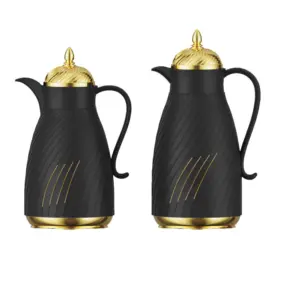
Modern Adaptations and Global Influence
Contemporary Uses of the Arabian Coffee Pot
In the current era of modern society and culture that, we still hold dear, to our ways the Arabian coffee pot has become much more. Sometimes, the Dallah is being used in restaurants and coffee cafes whereby, it forms a symbol of a sophisticated coffee culture. Many ccoffeefans spend their quality time brewing the coffee their mother’s way, using the fusion of pace and space amalgamation they probably have the coffee pots in their homes.
Also, designers have created modern variations of the coffee pot called “Dallah”. These contemporary interpretations combine the beauty of the present with the attraction of the past, preserving the functionality of the original design. In this way, they would appeal to anyone and fuse tradition with 21st-century conveniences, embodying cultural heritage in the modern world of hurry.
Veley’s Customized Arabian Coffee Pot: Elegance Meets Branding
Indulge in the allure of Arabian coffee culture with Veley‘s bespoke insulated coffee pots. Catering to renowned brands in Saudi Arabia, we offer a personalized 1.0L plastic coffee pot, resplendent in the brand’s signature red hue. The pot proudly displays the brand logo, amplifying brand recognition. Beyond its striking looks, the pot boasts superior insulation, keeping coffee hot and taste intact, earning accolades from customers. Choose Veley for a coffee pot that’s not just a utility but a statement of elegance and brand identity.
Keeping Traditions Alive in a Modern World
In the rapidly evolving world ,,we live in today, throughout the region, attempts to preserve the tradition of the Arabian coffee pot are evident; many educational establishments and cultural events specifically aimed at informing the younger generations about its importance and method of preparation, and in doing so preserving and honoring the heritage of the Dallah for generations to come.
In most Arab nations, coffee has always been an essential part of the culture and the center of all sweet and bitter affairs of families who cherish that long-standing tradition, a symbol of heritage and values that persist in time as irrevocable and constant. At first glance, the coffee pot seems quite simple in construction, consisting of three elements: the jug, the neck, and the bottom with a handle. Many ordinary things from our ancestors’ homes have long been forgotten and disregarded, while only a few survived in museums and private collections. The feeling that future generations deserve to take a look at what households used in the distant past and remember the historical past, find and live out their meanings causes a desire to collect such items because behind each platter, pot, and chair there is a story of a specific time frame.

